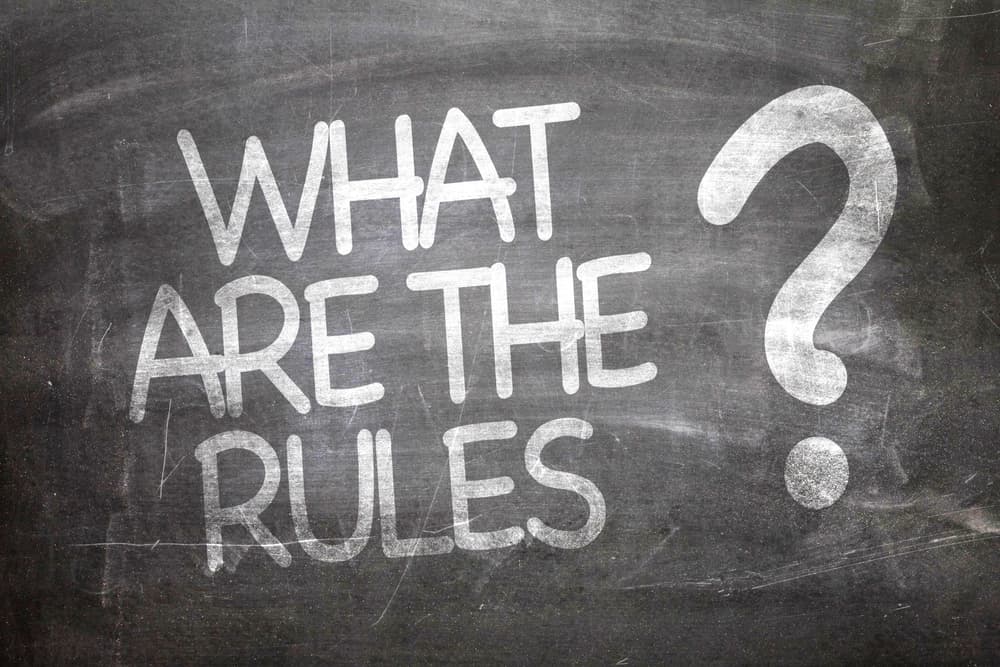On the eve of the 4th of July weekend, Texas Gov. Greg Abbott issued a mandatory mask requirement for public outdoor spaces and inside buildings that covers most residents in the state.
Abbott’s executive order, which went into effect at 12:01 p.m. on July 3, came after Texas faced a rising hospital bed count of coronavirus patients since June 1.
A day after Texas posted a daily record of 8,076 new COVID-19 cases, Abbott said in a video: “COVID-19 is not going away. In fact, it’s getting worse. Now, more than ever, action by everyone is needed until treatments are available for COVID-19.”
Abbott’s order applies to residents in counties with more than 20 active COVID-19 cases which includes all major counties covering large urban areas in the state such as Austin, Dallas, El Paso, Fort Worth, Houston, and San Antonio.
What the New Mask Mandate Covers
The new Texas mask mandate requires residents to wear a face covering over their mouth and nose while in an outdoor public space, where social distancing is not possible, and inside any business or building that is open to the public.
Some of the exceptions to the mask mandate include:
- Children under 10 are not subject to the order.
- People with a medical condition that prevents them from wearing a face covering are exempt.
- People are exempt from wearing the face covering while eating and drinking.
- While exercising outdoors or engaging in physical activity. Also, while swimming is exempt.
- While driving alone or with members of the same household.
- While giving a speech or broadcast.
- Masks are not mandated at voting booths or religious gatherings.
- Masks may be removed for security surveillance, such as at a bank, or for personal care, such as a haircut or a dentist visit.
People attending a protest or demonstration are not exempted.
First time violators to Gov. Abbott’s mask order will be issued a verbal or written warning.
People who get receive a second violation of the mask order are subject to a fine of up to $250. Additionally, each subsequent violation of the mask order is subject to a fine of up to $250.
No jail time will be given to those in violation of the face covering order.
Which Counties are Covered by Mask Mandate?
By July 6, some 43 of the 254 counties in Texas had filed to be exempt from the mask mandate because they had 20 or less active COVID-19 cases.
All together the counties opting out of the mask mandate comprise about 500,000 of the nearly 29 million people living in Texas.
COVID-19 Texas Timeline
March 4 – Houston area man is first Texas resident to test positive for COVID-19 via laboratory test.
March 13 – Gov. Abbott declares a statewide disaster.
March 30 – Gov. Abbott issues order encouraging residents to not gather in public and to stay at home through April 30 unless conducting essential activities or services.
April 17 – Gov. Abbott orders closure of all schools for remainder of school year.
May 1 – Texas three-phase plan to reopen starts with businesses such as restaurants allowed to reopen at 25 percent capacity.
May 18 – Texas enters phase two of reopening with businesses already open increasing capacity to 50 percent.
May 22 – Bars in Texas allowed to reopen at 25 percent capacity.
June 3 – Bars and other businesses at 25 percent may increase capacity to 50 percent as phase three of reopening starts.
June 12 – Restaurants increase capacity to 75 percent.
June 26 – Bars are closed in Texas and restaurant capacity reduced back to 50 percent.
July 2 – Mask mandate is issued.
Other Local COVID-19 Mandates
In addition to the mask mandate, Gov. Abbott banned the gathering of 10 or more people outdoors unless approved by local officials. Previously gatherings of 100 or more people had been banned.
In Harris County, home to Houston, the local judge had already issued a mask mandate, effective June 22, with local businesses required to have workers, customers and visitors wear face coverings.
As always, if you are in need of additional assistance, please feel free to contact your Employer Flexible HR Consultant.






